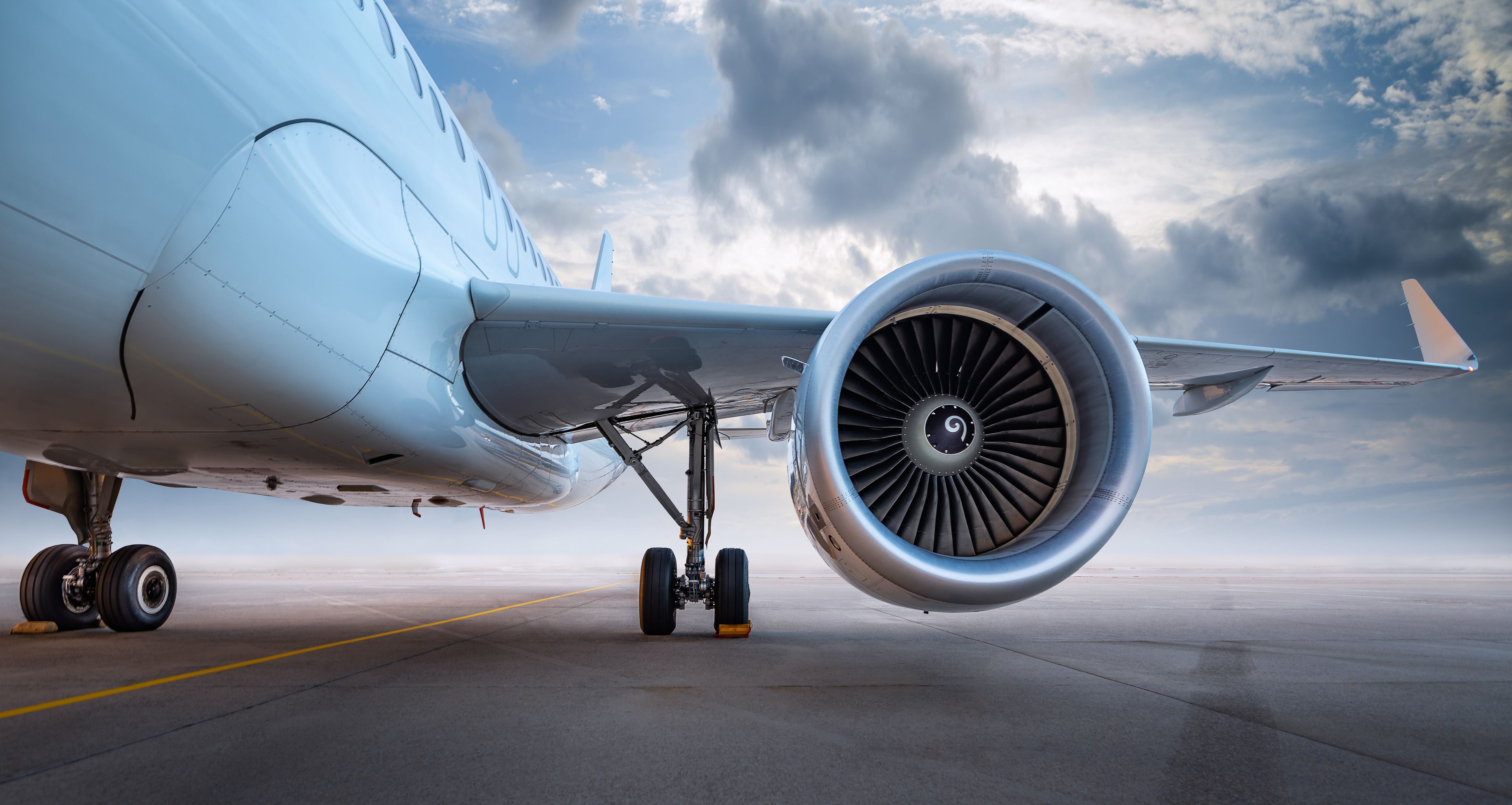A year ago, it looked like Hawaiian Holdings (HA +0.00%) was staking its future on a global expansion to capitalize on rising demand for travel to Hawaii from Asia and Oceania. However, the company has run into some bumps along the road and has had to temper its global ambitions.
Instead, Hawaiian Airlines is making a bigger bet on the U.S. market as airfares for travel between the mainland and Hawaii rise. Ultimately, international markets are still very important to Hawaiian for long-term growth and diversification purposes. Nevertheless, I expect a more balanced approach to growth between domestic and international markets through the rest of the decade.
Dropping the low performers
In the last few weeks, Hawaiian Airlines has rolled out some major route changes. First, in late February, the company announced that it is dropping service to Fukuoka, Japan, at the end of June. This route got off to a fairly slow start compared to Tokyo and Osaka, the first two Japanese cities that Hawaiian Airlines began serving.

Hawaiian Airlines recently decided to drop several unprofitable flights. Source: Wikimedia Commons.
The yen's fall since late 2012 made matters worse by depressing fares. Meanwhile, competition from Delta Air Lines (DAL +0.65%), which began flying the Fukuoka-Honolulu route around the same time as Hawaiian, made it hard to fill seats. Hawaiian's management wisely concluded that it was fighting a losing battle against a giant (Delta's annual revenue is more than 15 times higher than Hawaiian's). Dropping the route was therefore a sensible move.
Just a week later, Hawaiian Airlines followed up with an announcement that it will stop flying between Honolulu and Taipei early next month. It was surprising to see the company pull the plug on this route less than a year after launch. However, CEO Mark Dunkerley stated that it quickly became clear that Hawaii was not a popular enough travel destination to make nonstop flights viable.
Hawaiian's decision to terminate its Taipei flights may have been driven by competition as well. China Airlines decided to start flying from Taipei to Honolulu just two months after Hawaiian announced its plans, and launched its flights even before Hawaiian began flying the route. There may be enough demand to support one carrier between Taipei and Honolulu today, but not two.
Hawaiian announced at the same time as it dropped the Taipei route that it will start using the larger A330 aircraft for flights to Seoul. That said, the company is reducing service there, too; it will now fly to Seoul five times a week instead of daily.
This continues the industry trend of capacity rationalization on the Seoul-Honolulu route, which should boost Hawaiian Airlines' unit revenue going forward. For example, Hawaii's visitor arrivals from Korea jumped 33.5% in January (the most recent month for which data is available), despite a 9.4% drop in airline capacity.
Redeploying planes
The bottom line is that between now and the end of June, Hawaiian Airlines is dropping daily service to Fukuoka and three weekly flights to Taipei, while also cutting two weekly flights to Seoul from its schedule. This creates a lot of excess capacity. What does Hawaiian plan to do with the planes being freed up?
For the moment, the plan is to double down on the U.S. market. On Wednesday, Hawaiian Airlines announced that it is accelerating the start of its year-round daily service between Los Angeles and Maui to early May. The carrier is also adding a second daily flight on that route for the summer peak season, matching the double-daily service it offered last summer.

Hawaiian competes with United, Delta, and American on flights from Los Angeles to Hawaii.
This buildup in Los Angeles is very promising. While Hawaiian still can't match the schedules of Delta, United Continental (UAL +1.13%), and American Airlines (AAL +0.51%), which all have lots of flights between Los Angeles and Hawaii, it's closing the gap. This summer, Hawaiian will offer six daily flights from Los Angeles to Hawaii -- three to Honolulu, two to Maui, and one that alternates between Kauai and Kona on the Big Island.
Hawaiian's growth in Los Angeles is being helped by the company's code-share partnerships with Virgin America and JetBlue Airways (JBLU +0.21%). Both of these agreements were implemented in 2012. They allow Hawaiian to capture connecting traffic from major metro areas that it doesn't serve directly, like Chicago, Dallas, Miami/Fort Lauderdale, Boston, Washington, D.C., and Philadelphia.

Hawaiian code-shares with JetBlue and Virgin America to provide connecting traffic. Source: JetBlue.
Hawaiian still doesn't offer the same number of connecting options in Los Angeles as any of the legacy carriers. However, as Virgin America -- and to a lesser extent, JetBlue -- grows in Los Angeles, Hawaiian will get additional connecting traffic. This should support even more flights over time.
Looking ahead
Earlier this week, Hawaiian Holdings reduced its Q1 unit revenue guidance. It also announced that full-year capacity growth will be three percentage points lower than its previous guidance, leading to higher unit costs.
Given that Hawaiian had just taken the axe to its international route network, it wasn't surprising to learn that overall unit revenue trends have been weaker than expected. Still, Hawaiian does continue to expect unit revenue growth this quarter.
Looking ahead to the rest of 2014, I expect unit revenue gains to continue outweighing unit cost increases. Hawaiian's exit from the loss-making Taipei and Fukuoka routes should lead to significant earnings growth in the second half of the year, assuming fuel prices remain roughly stable.
That said, it's not clear yet where Hawaiian will deploy the capacity that is becoming available once the summer peak season ends. Additionally, Hawaiian Holdings stock has more than doubled in the last year. I still like the company's long-term prospects, but investors should be ready for some potential bumps in the road over the next few months.







